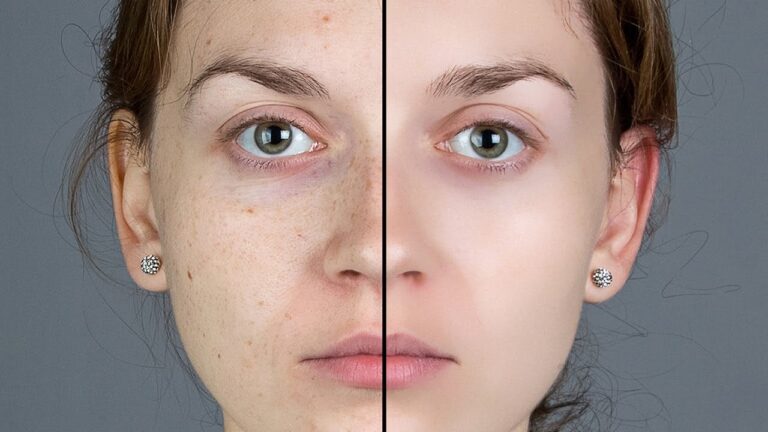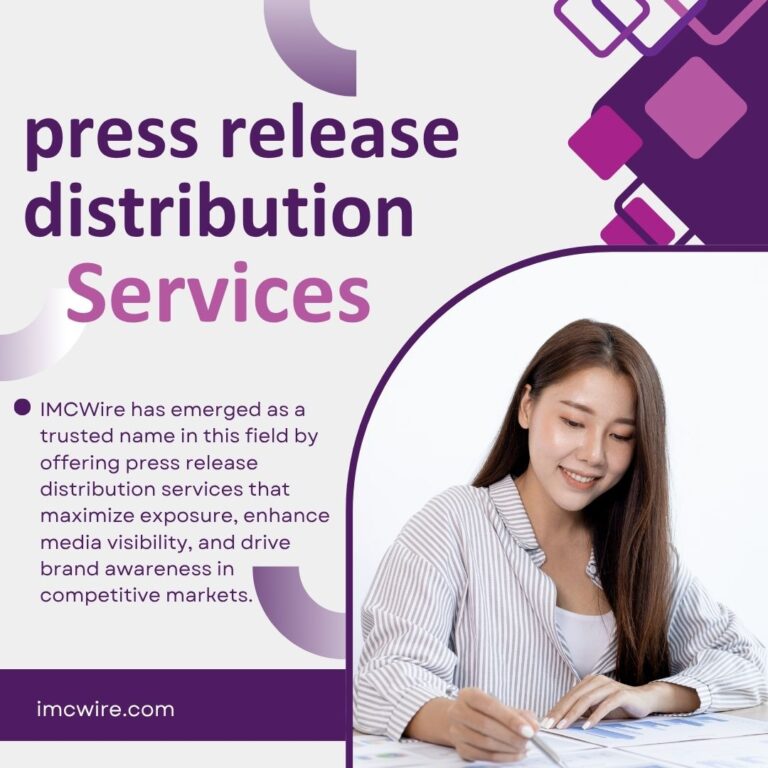
- Source: www.who.int
5 October 2025 | Cape Town / Geneva – Leading global health organizations have released new guidelines to prevent, detect, and treat postpartum haemorrhage (PPH), the world’s leading cause of maternal mortality. The recommendations call for faster diagnosis, immediate intervention, and better prevention strategies to save tens of thousands of lives annually.
PPH, defined as excessive bleeding after childbirth, affects millions of women each year and causes nearly 45,000 deaths. Survivors may experience serious physical and mental health consequences, including organ damage, hysterectomy, anxiety, and trauma.
“Postpartum haemorrhage is the most dangerous childbirth complication since it can escalate with such alarming speed. While it is not always predictable, deaths are preventable with the right care,” said Dr. Jeremy Farrar, Assistant Director-General for Health Promotion and Disease Prevention and Care. “These guidelines are designed to maximize impact where the burden is highest and resources are most limited – helping ensure more women survive childbirth and can return home safely to their families.”
New diagnostic criteria for rapid action
The guidelines, published jointly by the World Health Organization (WHO), the International Federation of Gynecology and Obstetrics (FIGO), and the International Confederation of Midwives (ICM), introduce objective diagnostic criteria for (postpartum haemorrhage guidelines) PPH. These criteria are based on the largest study on the subject, published today in The Lancet.
Traditionally, (postpartum haemorrhage guidelines) was diagnosed when blood loss reached 500 milliliters. The updated guidelines advise clinicians to act at 300 milliliters or when abnormal vital signs are present. Healthcare workers are encouraged to closely monitor postpartum women and use calibrated drapes to measure blood loss accurately, enabling immediate intervention.
The guidelines recommend the “MOTIVE” bundle of actions for diagnosed (postpartum haemorrhage guidelines) , which includes:
- Uterine massage
- Oxytocic drugs to stimulate contractions
- Tranexamic acid (TXA) to reduce bleeding
- Intravenous fluids
- Vaginal and genital tract examination
- Escalation of care if bleeding persists
In rare cases, persistent bleeding may require surgery or blood transfusion to stabilize the patient until further treatment is available.
“Women affected by PPH need care that is fast, feasible, effective and drives progress towards eliminating PPH-related deaths,” said Professor Anne Beatrice Kihara, President of FIGO. “These guidelines take a proactive approach of readiness, recognition and response. They are designed to ensure real-world impact – empowering health workers to deliver the right care, at the right time, and in a wide range of contexts.”
Reducing risks through prevention
The guidelines stress the importance of effective antenatal and postnatal care to address risk factors such as anaemia, which is common in low- and lower-middle income countries. Anaemia increases the risk of PPH and worsens outcomes. Recommendations include daily oral iron and folate supplements during pregnancy and intravenous iron when rapid correction is necessary.
Unsafe practices, such as routine episiotomies, are discouraged. Preventive techniques like perineal massage in late pregnancy are promoted to reduce trauma and severe bleeding. During the third stage of labor, a quality-assured uterotonic, preferably oxytocin or heat-stable carbetocin, should be administered. Misoprostol is recommended only when intravenous options are unavailable or cold chain conditions are unreliable.
“Midwives know first-hand how quickly postpartum haemorrhage can escalate and cost lives,” said Professor Jacqueline Dunkley-Bent OBE, ICM’s Chief Midwife. “These guidelines are a game-changer. But to end preventable deaths from PPH, we need more than evidence and protocols. We call on governments, health systems, donors, and partners to adopt these recommendations quickly and invest in midwives and maternal care so that postpartum haemorrhage becomes a tragedy of the past.”
The guidelines are supported by training and implementation resources developed with partners, including UNFPA. Tools include practical modules for frontline health workers, national guides for new practices, and simulation-based training to strengthen emergency response.
These first-of-their-kind, consolidated guidelines focusing on PPH were launched at the 2025 FIGO World Congress in Cape Town, South Africa. They represent a critical step toward achieving the Global Roadmap to Combat Postpartum Haemorrhage between 2023 and 203



